This graphic organiser, ‘Memory Makers’ supports students in identifying the main idea of a narrative text.
This graphic organiser, ‘Metaphors and Similes’ supports the teaching of reading and writing by giving students a template for identifying the meaning of figurative language.
This graphic organiser, ‘Mr Fix-It’ provides students an opportunity to edit their classmate’s writing and provide feedback on how sentences can be improved.
This worksheet, ‘My Family’ supports students to identify and match words with pictures of family members. It supports an understanding of reading and writing.
This graphic organiser, ‘My First Time Tuning In’ supports students in include details in their autobiographical writing, focusing on sequencing and structuring topical information.
This worksheet, ‘My Little Brother’ supports students to identify and match words with images of facial features. It supports an understanding of reading and writing.
This worksheet, ‘My Little Sister’ supports students to identify and match words with images of facial features. It supports an understanding of reading and writing.
This graphic organiser, ‘My Masterpiece’ supports students in editing and revising their written work.
This graphic organiser, ‘My Masterpiece of Firsts’ supports students in editing and revising their draft about their first time doing things.
This content area reading learning activity, ‘My Side/Your Side,’ helps students understand that there are often two sides to a story or problem issue. It is aimed at teaching students about author’s point of view by having them work with a partner to discuss two sides of a problem.
This writing organiser ‘Myths’ supports students to plan for writing or retelling a myth.
This writing organiser ‘Myths’ supports students to plan for writing or retelling a myth.
This writing organiser ‘Narratives’ supports students to plan for writing a narrative to tell a story.
This writing organiser ‘Narratives’ supports students to plan for writing a narrative to tell a story.
This Writing Traits activity ‘Organisational Outlines’ encourages students to use outlines to organise ideas for the body of their composition.
This Writing Traits activity ‘Paragraph Development’ encourages students to develop topics and supporting paragraphs.
This Writing Traits activity ‘Paragraph Topics’ encourages students to develop and support clearly stated themes for multiparagraph expository compositions.
This Writing Traits activity ‘Paragraph Topics’ encourages students to use topic sentences to begin organised paragraphs.
This Writing Traits activity ‘Transitions’ encourages students to smoothly connect ideas or phrases in compositions.
This Writing Traits activity ‘Transitions and Sequencing’ encourages students to sequence personal narratives, including details to create visual images.
This Writing Traits activity ‘Writing Dynamic Conclusions’ encourages students to write conclusions that summarise written work in an intriguing way.
This Writing Traits activity ‘Writing Dynamic Conclusions’ encourages students to write conclusions that summarise in interesting or thoughtful ways.
This Writing Traits activity ‘Writing Enticing Leads’ encourages students to write creative leads to attract a reader to read their articles.
This graphic organiser, ‘Organising Information’ supports the teaching of reading and writing by giving students a template for main ideas and details as they read or plan for writing.
This graphic organiser, ‘Our Sunsational Monsters’ supports students in developing their writing skills by creating lists of descriptive words about monsters.
This graphic organiser, ‘Our Sunsational Senses’ supports students in developing their writing skills by creating lists of descriptive words.
This graphic organiser, ‘Outline Creations’ supports students in organising their thoughts into an outline before writing a draft.
This graphic organiser, ‘Outline Form’ helps students to write about the topic sentences and supporting details for different paragraphs.
This graphic organiser, ‘Packaging My Firsts into Paragraphs’ supports students in developing their writing skills, focusing on topic sentences and paragraph structure of their draft writing.
This graphic organiser, ‘Packaging Paragraphs’ supports students in developing their writing skills, focusing on topic sentences and paragraph structure.
This graphic organiser, ‘Paragraph Order’ helps students to organise information for a topic. It encourages students to think about a topic sentence, supporting ideas and a conclusion.
This graphic organiser, ‘Paragraph, Essay or Story Outline’ helps students to write a beginning, a middle and an ending. It encourages students to think about they want to write first, second and last.
This graphic organiser, ‘Personal Connections’ supports the teaching of reading and writing by asking students to record their reaction to events they read or write about.
This writing text exemplar ‘Persuasive Prompts’ gives students an example of how to approach such a prompt. It is aimed at encouraging students to plan their writing by choosing their position on the topic, then asking themselves questions to best explain their ideas to the reader using details and examples to support their position.
This writing text exemplar ‘Persuasive Prompts’ gives students an example of how to approach such a prompt. It is aimed at encouraging students to plan their writing by choosing their position on a topic, then asking themselves questions to best explain their ideas to the reader using details and examples to support their position.
This writing organiser ‘Persuasive Texts’ supports students to plan for writing a text that puts forward an argument with evidence.
This writing text exemplar ‘Persuasive Writing Prompt’ gives students an example of how to approach such a prompt. It is aimed at encouraging students to plan their writing by choosing their position on the topic, then asking themselves questions to best explain their ideas to the reader using details and examples to support their position.
This graphic organiser, ‘Picture Me Here’ provides students the opportunity to design final layouts for their narrative picture books.
This graphic organiser, ‘Picture Me Here for the First Time’ provides students the opportunity to design final layouts for their first time narratives.
This graphic organiser, ‘Picture This’ supports students in editing and revising their writing, focusing on the use of illustrations to enhance their writing.
This graphic organiser, ‘ Picture This Food’ supports students in editing and revising their writing, focusing on the use of illustrations to enhance their descriptive drafts.
This quick reference chart ‘Planning and Organising Content’ shows students the things to check to make sure they write well. It is aimed at encouraging students to plan the content and organisation of their composition before they start writing, and to pay attention to the details, sequence, opening and closing of their texts.
This graphic organiser, ‘Planning for a Purpose’ supports the teaching of writing by giving students a template to plan aspects of writing.
This quick reference chart ‘Planning Your Writing’ shows students the things to check to make sure they write well. It is aimed at encouraging students to plan the content and organisation of their composition before they start writing, by paying attention to the details, sequence, opening and closing of their texts.
This worksheet, ‘Playing’ asks students to follow a pattern to draw toys. It supports an understanding of the writing process.
This writing organiser ‘Plays’ supports students to plan for writing a play to be acted.
This writing organiser ‘Plays’ supports students to plan for writing a play to be acted.
This writing organiser ‘Poems’ supports students to plan for writing poems about a subject, using their senses.
This writing organiser ‘Poems’ supports students to plan for writing poems using images.
This graphic organiser, ‘Poetry in Motion’ supports students in creating poems by combining rhyming words and sentences.
This graphic organiser, ‘Pondering Points of View’ supports students in planning writing, focusing on the pros and cons of an argument.
This graphic organiser, ‘Pondering the School’s Point of View’ supports students in planning writing, focusing on the pros and cons of arguments around common school issues.
It�s that easy!


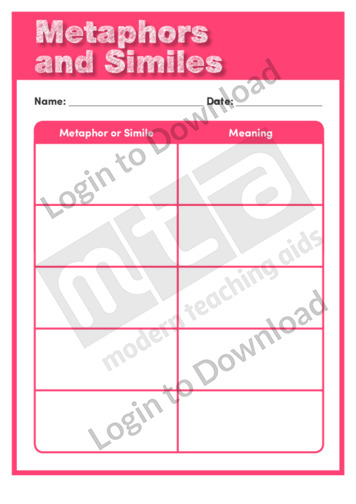
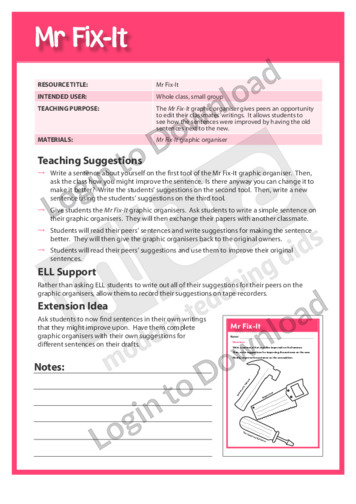
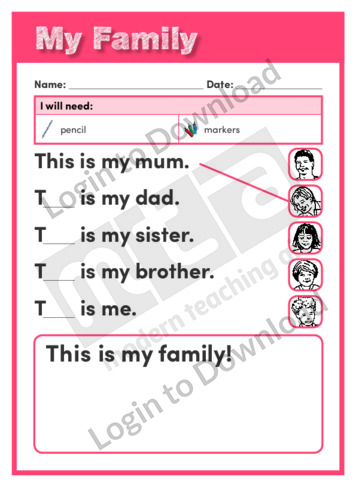


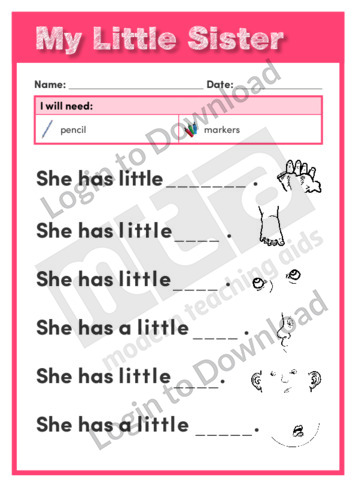

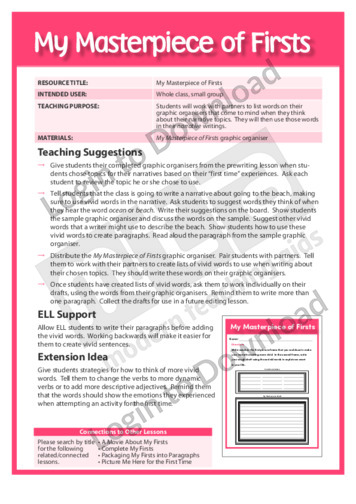
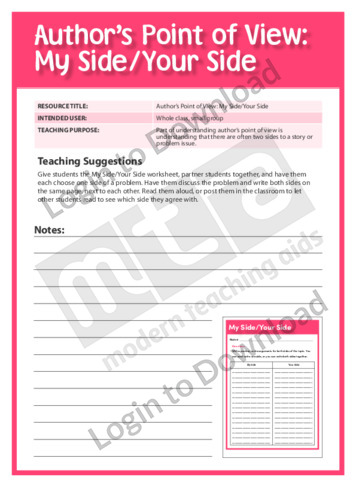

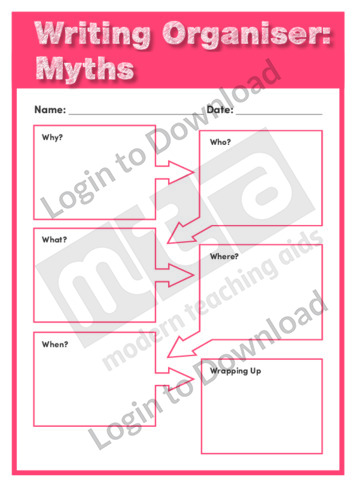
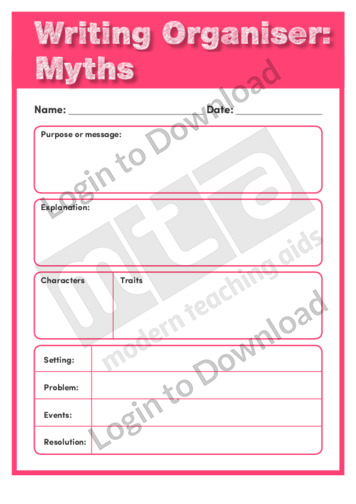


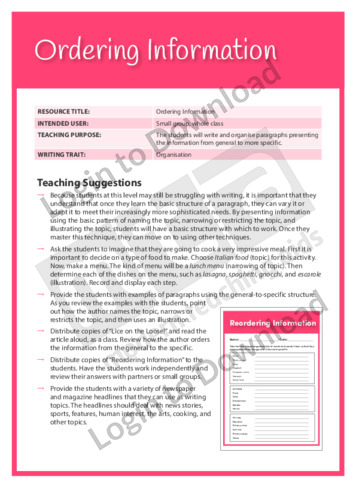
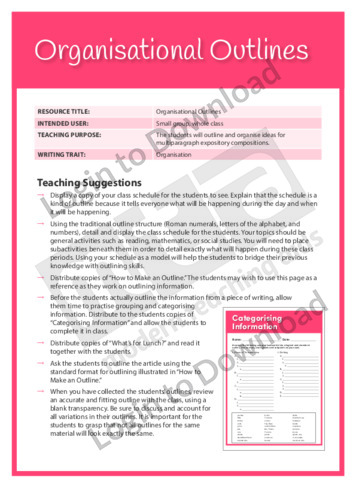
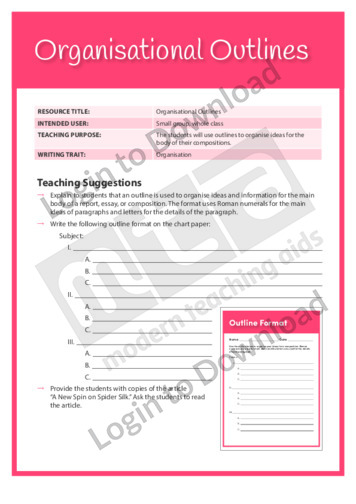

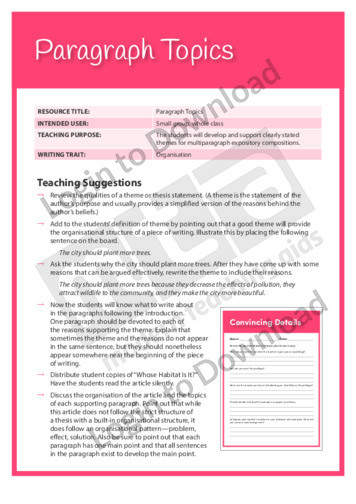
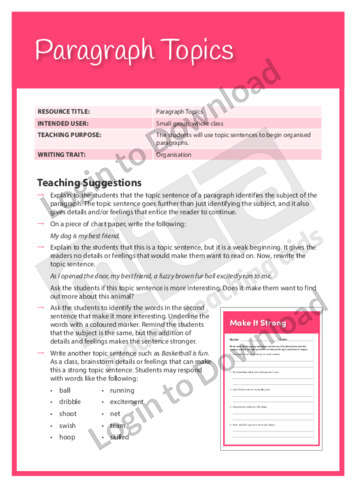
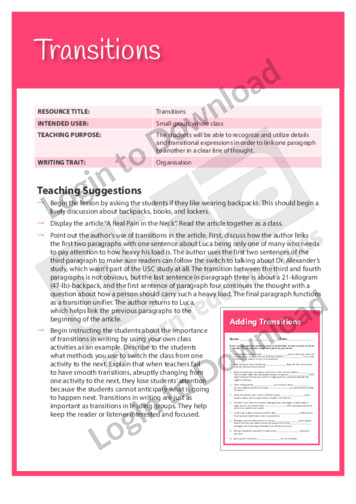


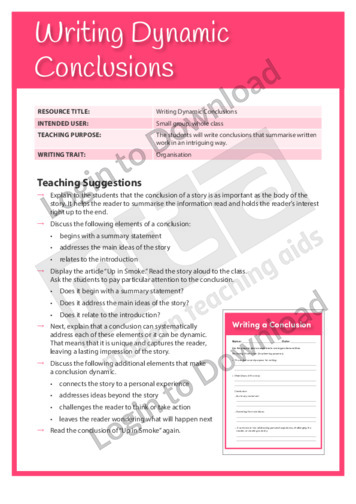

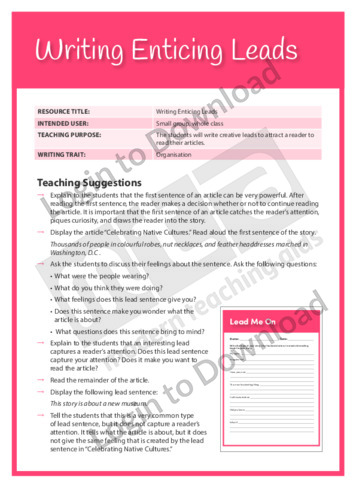
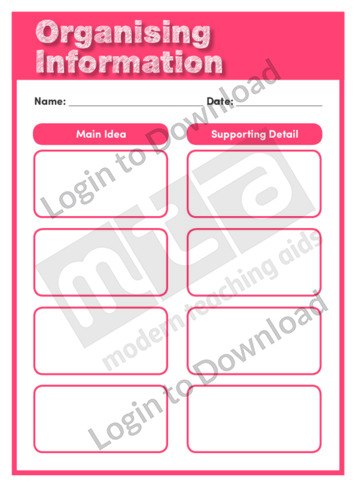
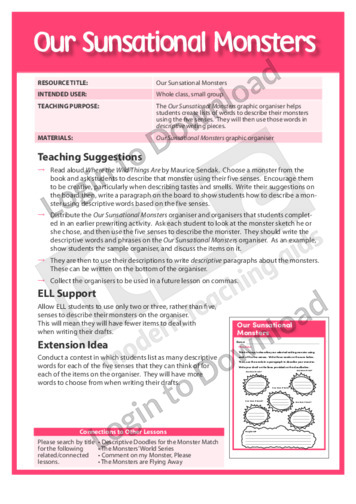
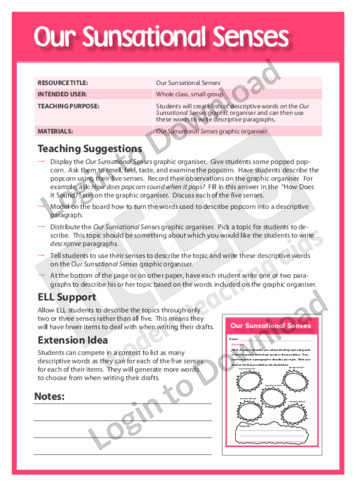

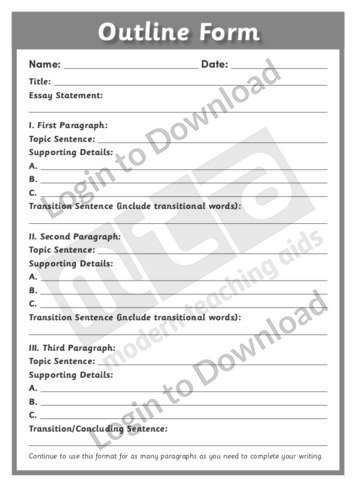
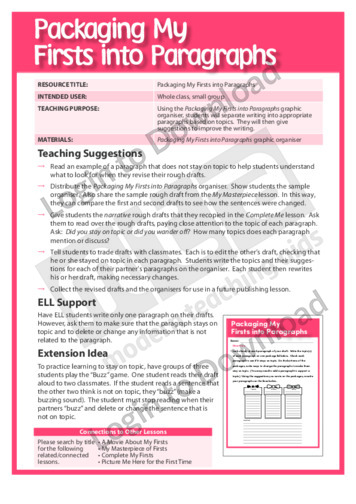
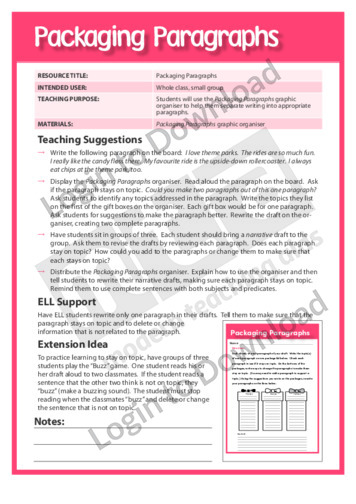

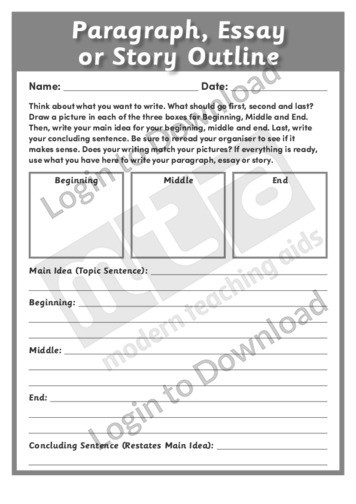
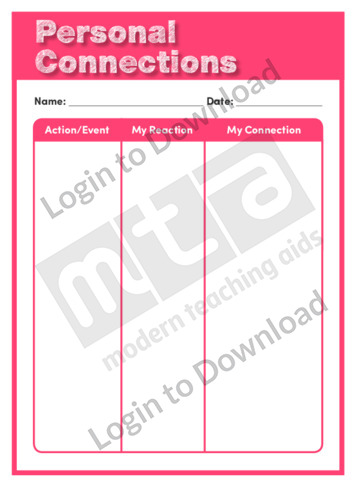
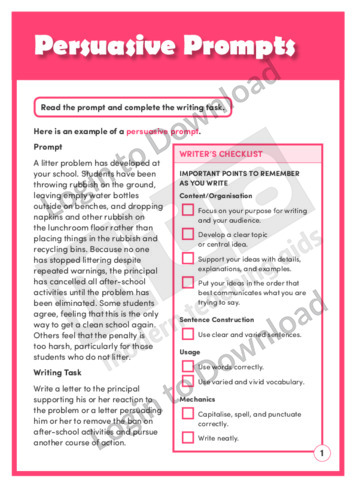
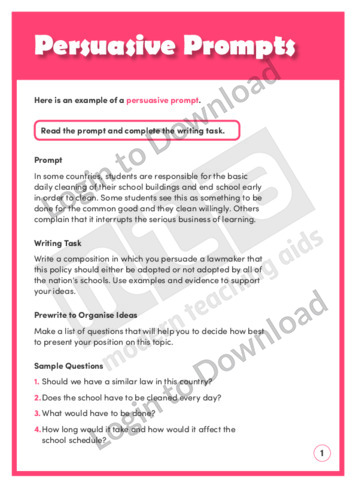
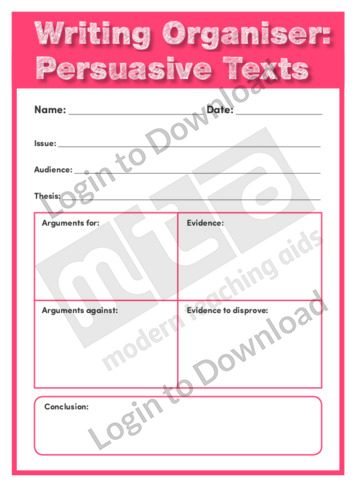
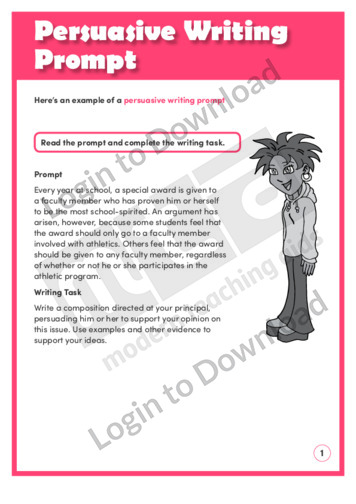
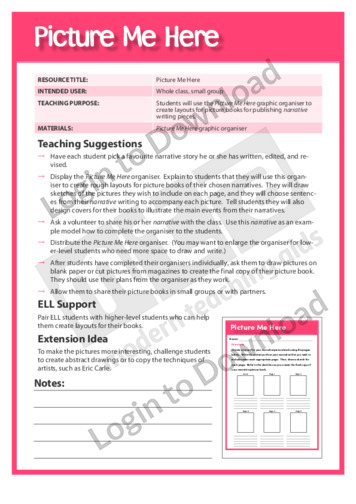
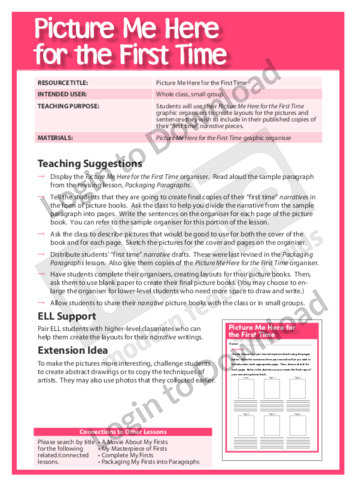
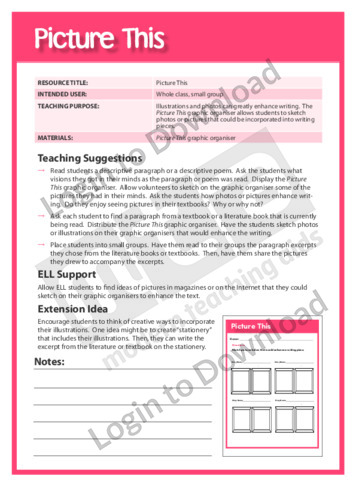
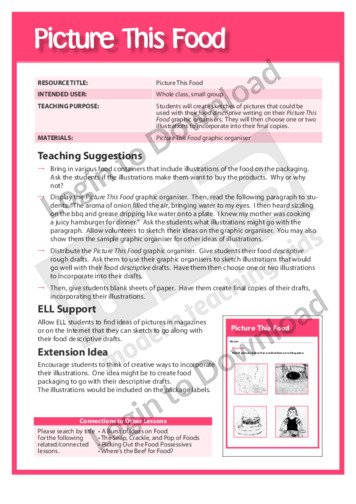
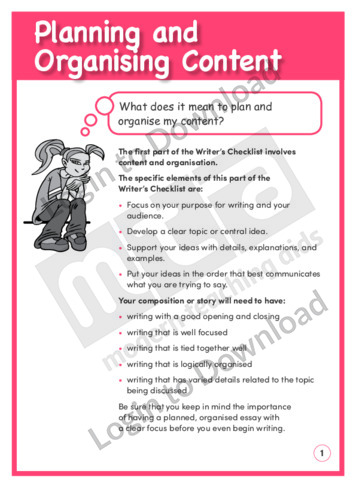
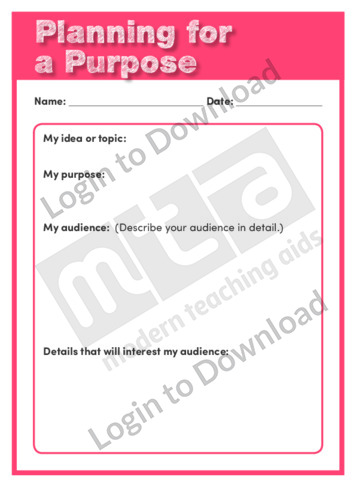
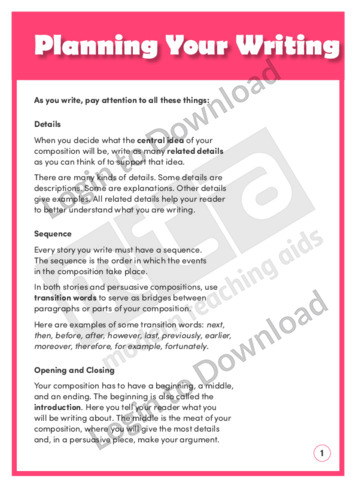
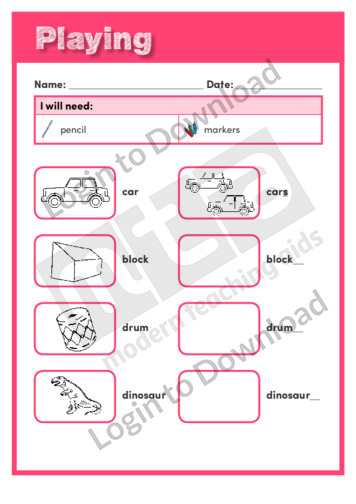

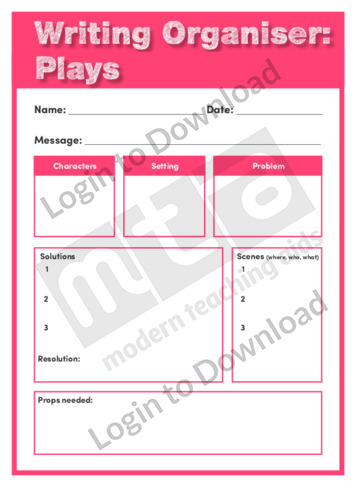


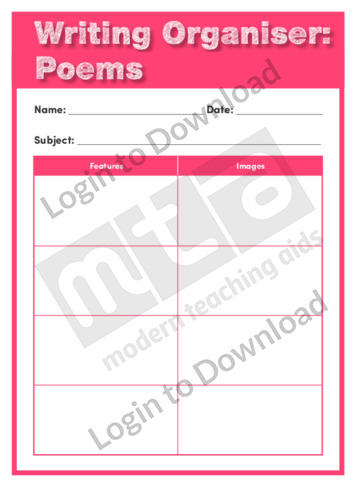

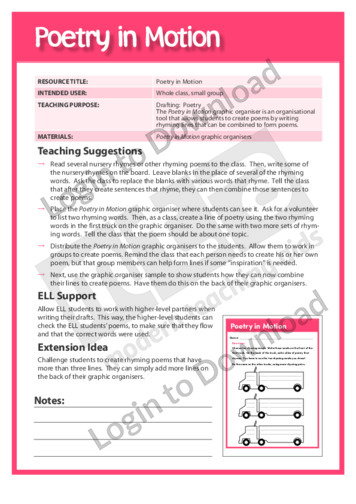
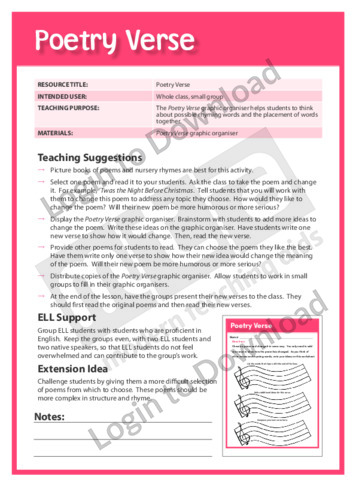
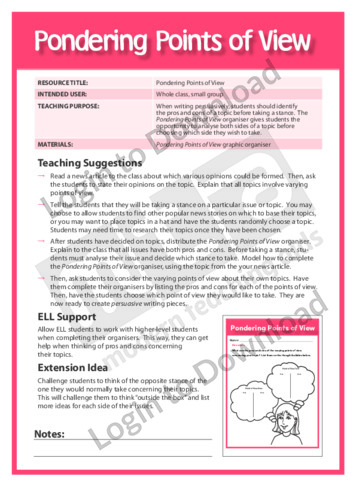

This writing organiser ‘Narratives’ supports students to plan for writing a narrative to tell a story.